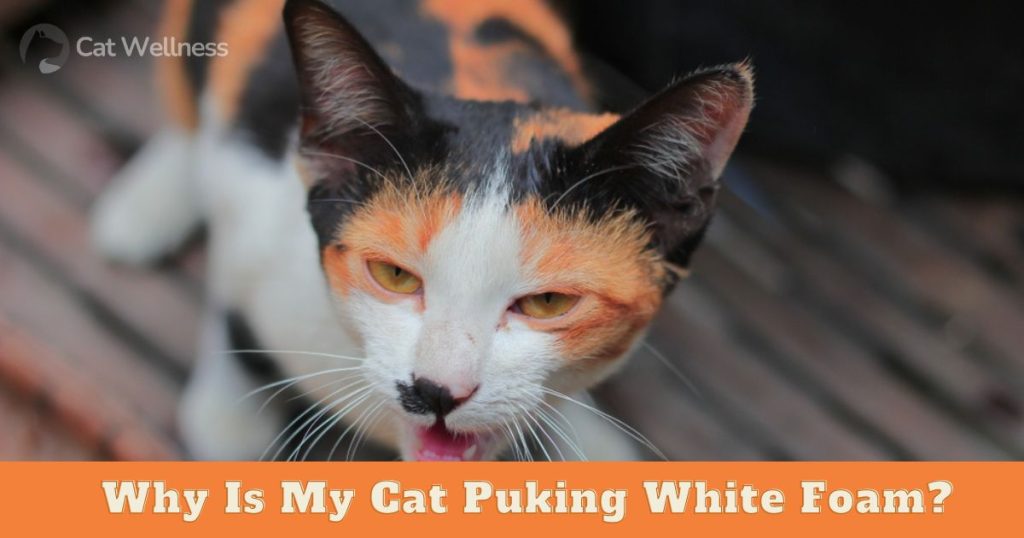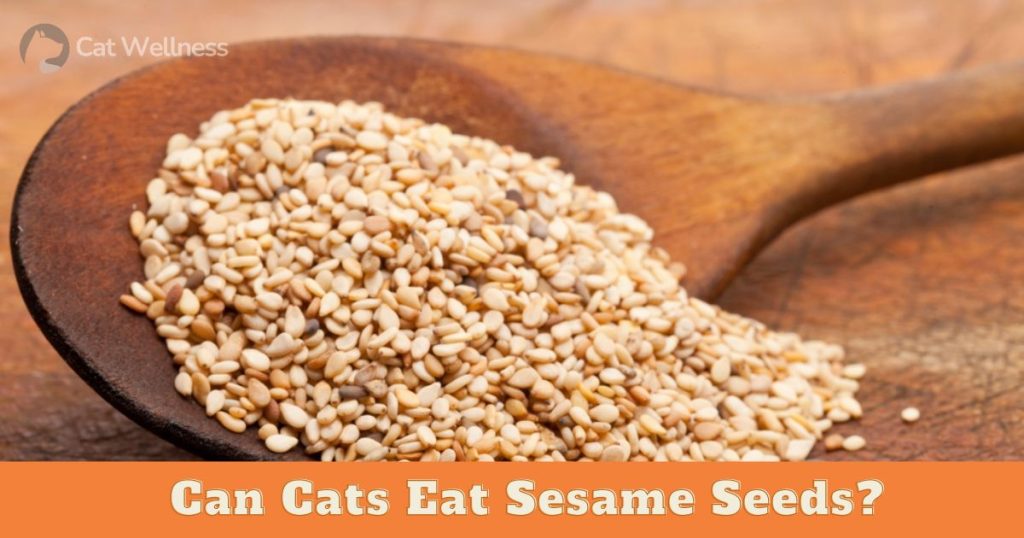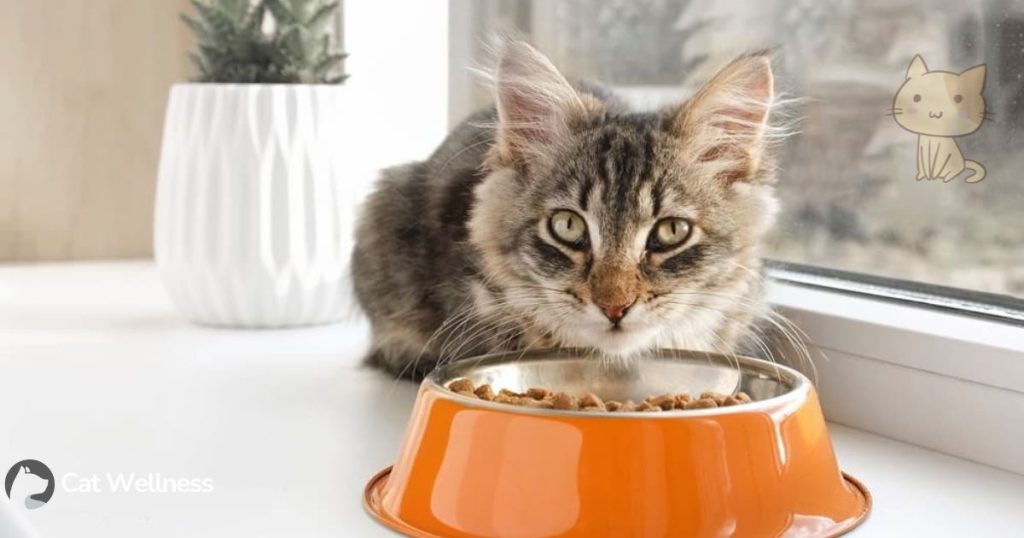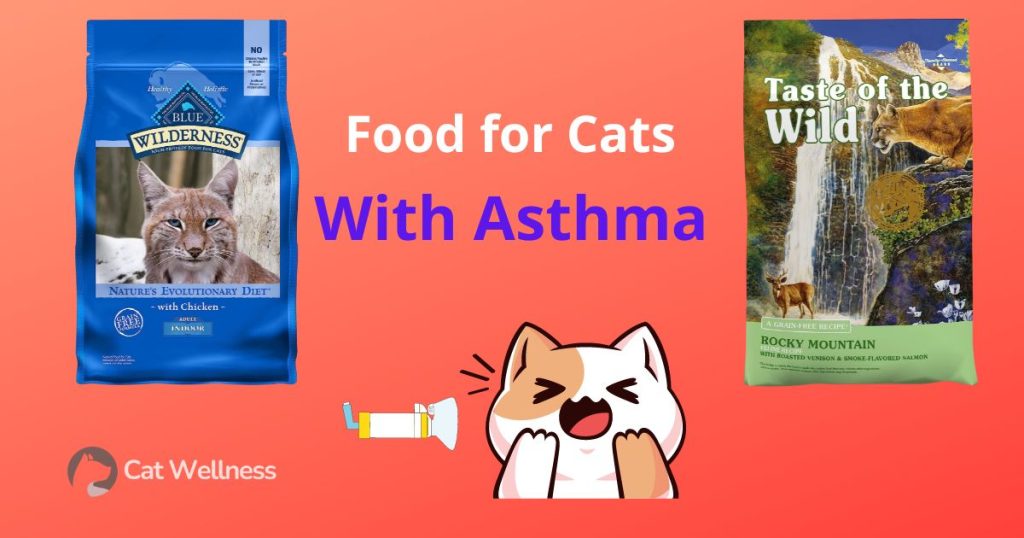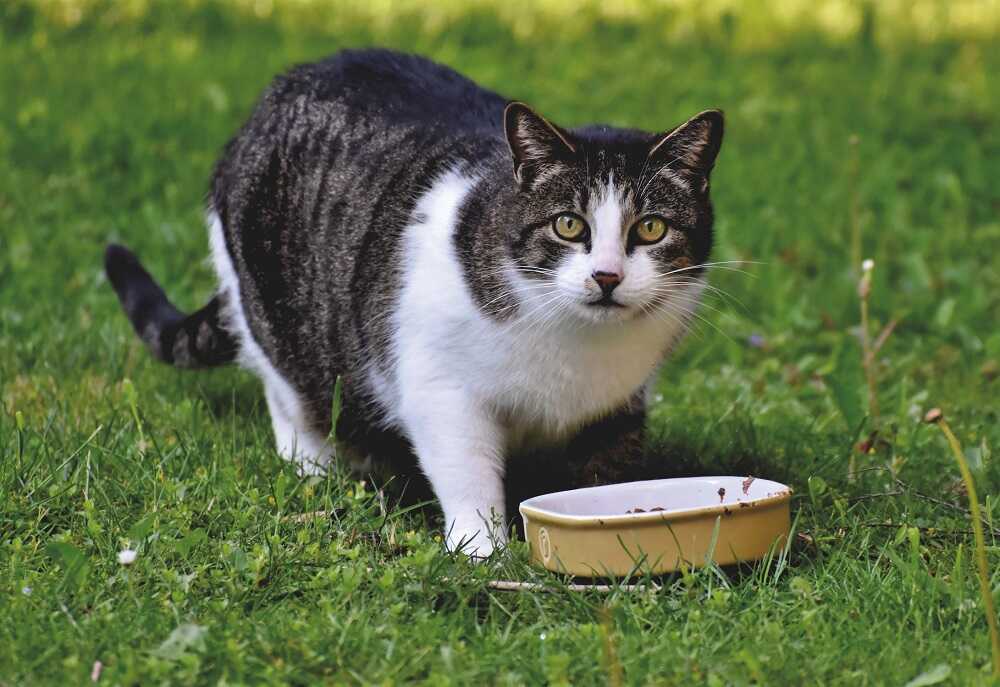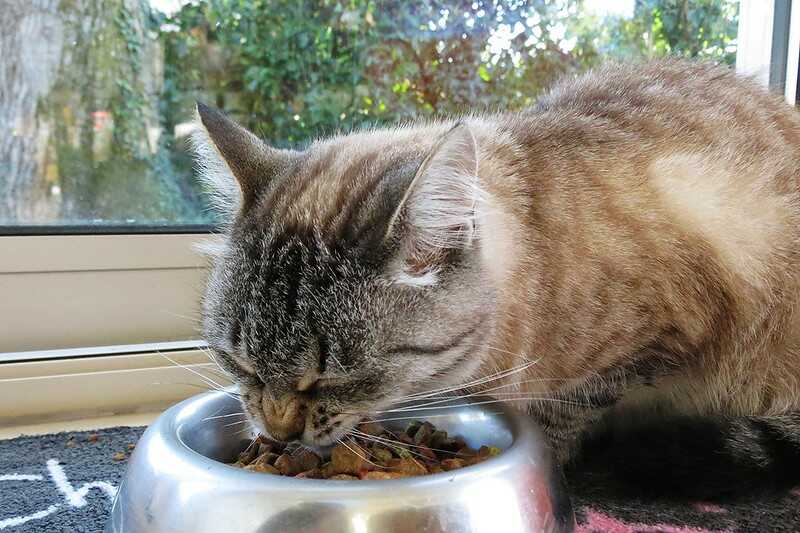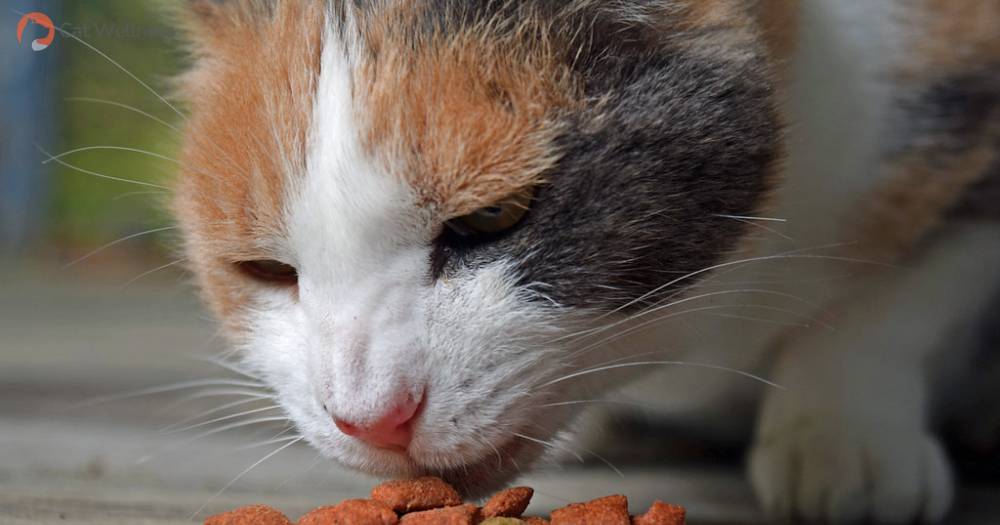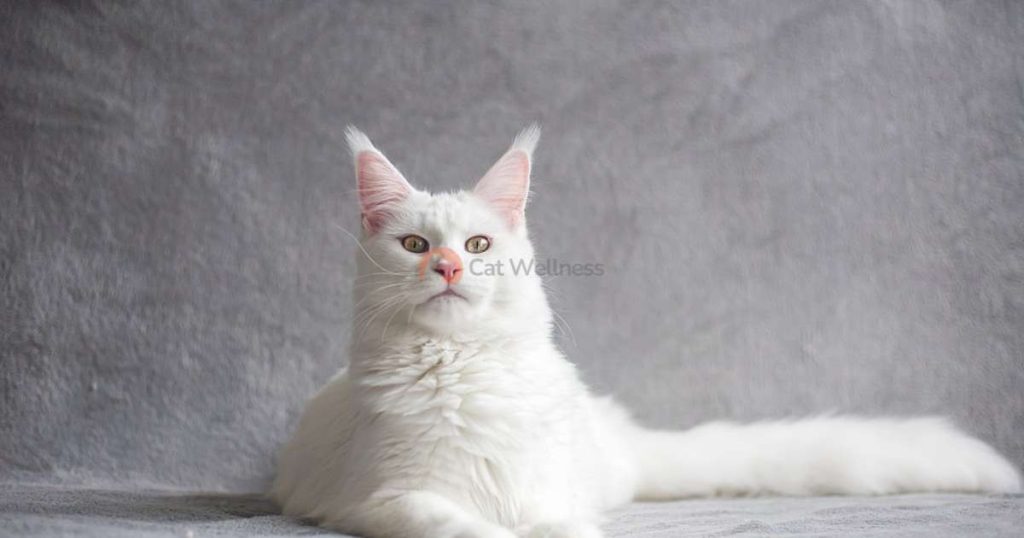You open a new can of cat food, pour the contents into the cat dish, and place it on the table for your cat to eat. It appears to be enjoying its meal but wanders off after only a few nibbles.
Does cat food go bad if left out? Inevitably, at that point, you probably ask this question.
Yes, definitely. Both dry and wet cat food should not be put out for long outside: no more than 4 hours for wet food and 36-48 hours for the dry one.
Indeed, dry or wet food for your feline family member can go rancid quickly. This article will help you discover how to store opened food longer and measures to recognize rotten cat food.
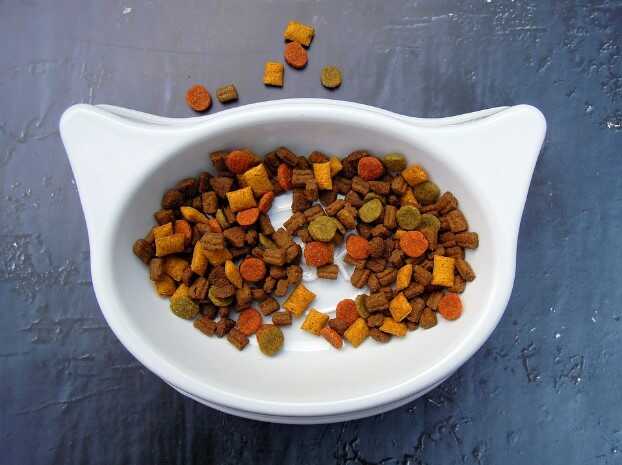
Does Cat Food Go Bad If Left Out?
Yes. As stated above. Does canned cat food go bad? The answer is still a big old yes, regardless of food types.
The reason is that if opened cat food is left out, germs will soon multiply. This bacterium can cause significant issues in your cat’s digestive tract.
Additionally, cat food left out too long will solidify into an unpleasant texture, and the cat might not consume it even if it still tastes OK.
It is doubtful that there will be bacteria like E. coli. The food will eventually deteriorate due to other more dangerous microbes common in homes, like salmonella, though. Also, mold waits to “eat” the food and make it rancid.
Also, wet food takes only 1-4 hours to dry. The meal is therefore rendered unpleasant and inedible after this time frame. Thus, it would be better to feed your cat with caution with the right amount of food at a time.
Ensure the bowl has been thoroughly washed with a reputable soap brand before adding any extra food.
Meanwhile, dry food can last up to 48 hours at room temperature. Consequently, it is usually safer for a much longer time.
Related Post: Why Does Cat Food Stink? Unclog The Curiosity
How Can You Tell If Cat Food Is Bad?
How your cat acts, behaves, and reacts to rotten wet cat food may all be readily identified. First things first, the pet often rejects eating it.
This is especially evident when one suddenly refuses to eat the food they usually enjoy but have a solid and healthy appetite.
Additional warning indications include
- The distinct, pungent odor
- Harder and drier in consistency
- Visible mold indications (which leads to Aflatoxin poisoning)
- Following intake, your cat exhibits signs of pain or disease (such as diarrhea).
In this case, it is recommended to dispose of all lousy food. Just feed your furry friend a new dish.
It is never a good idea to feed your cat food beyond its expiration or “best-by” date, regardless of whether it has been opened.
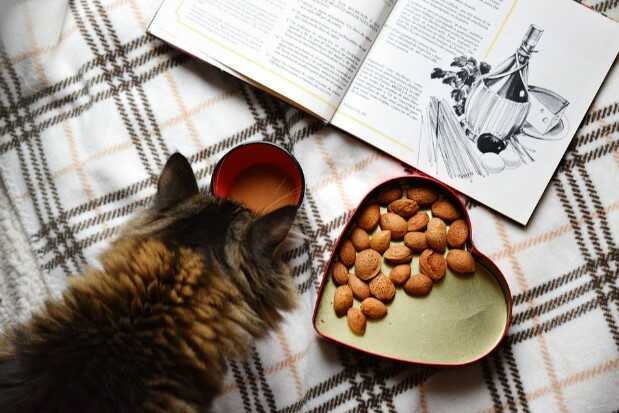
How Long Can Cat Food Sit Out?
Dry Food
Any food left outside oxidizes, whether it’s moist, dry, or otherwise (the process of decomposing). Dry cat food is expected to be available in 36 to 48 hours, as mentioned in the introduction.
After that time, dry food might become undesirable and stale. You’ll need to change it the following day
Wet Food
After being unsealed and filled with air, wet cat food becomes spoiled in 1 to 4 hours, as aforementioned.
The food and the environment in your home have a role, though. Food generally degrades more quickly the warmer it is and the larger its surface.
Even if your cat likes to eat in many sittings, leaving food out for a prolonged period is not a bright idea.
Therefore, clean up any wet food left on the floor after 1-2 hours.
What Should I Do With Leftover Cat Food?
Leftover wet food from your cat’s supper may be stored in the refrigerator for later use if you wrap it up or keep it in a sealed container.
Do I need to warm up cat food? It depends on your pet’s liking. Some felines are picky eaters and may reject the food if it is too cold when you bring it back out. Hence, you can warm it up just a bit.
What Are The Issues With The Spoiled Cat Food?
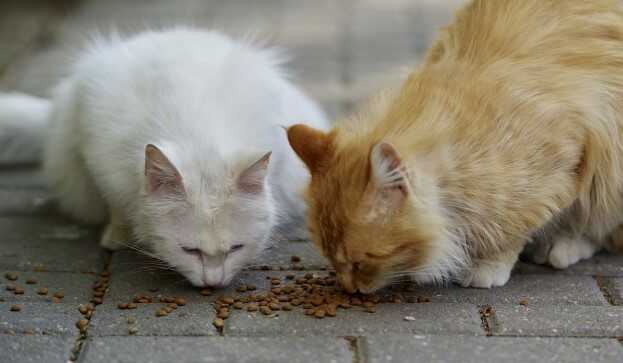
Related Post: Why Do I Keep Smelling Cat Food? 3 Surprised Reasons
Type Of Bacteria
Disease-causing potential varies amongst different microorganisms. Infection and illness risk rises if certain kinds of bacteria are found in the meal. Probably the most harmful ones are listeria and salmonella.
Germs like listeria and salmonella cannot just fall from the air in your home onto food. They are primarily found in raw chicken and eggs but are also – to a much lower level – present in conventional dry cat food.
Initial Amount Of Bacteria
Bacteria grow relatively fast. In the correct circumstances, salmonella multiplies by two every hour.
The amount of bacteria ingested determines how severe a salmonella illness will be. Thus the longer you wait, the riskier the meal will be.
Temperature
At 80 to 100 degrees Fahrenheit, bacteria like listeria, salmonella, and others flourish. Although freezing and even shallow temperatures can not kill these resilient bacteria, they can halt them from growing.
Humidity
Germs prefer humidity because they need water to complete their life cycle. Terribly, some species can proliferate in large numbers with just a little water.
What Are Tips To Keep Your Cat Food Fresh?
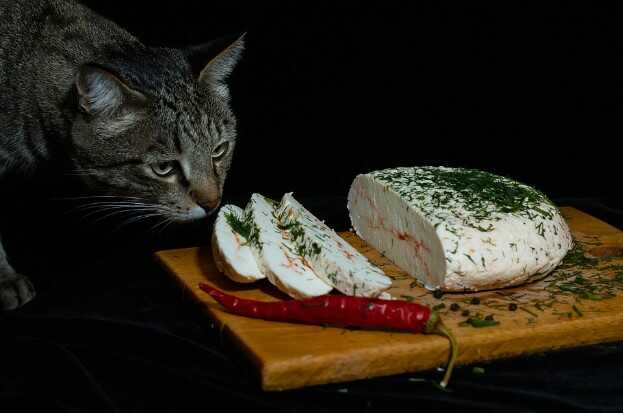
Stick To A Routine
Even though some people like to feed their cats whenever they want, setting up a regular feeding schedule is the best method to ensure they always have access to nutritious food.
If you feed your cat at specific times each day, you’ll be able to monitor its caloric intake and ensure it stays within its daily allotment.
Put Away Uneaten Food
Store the odds and ends in an airtight container when your cat is done eating. Kibble may be easily stored by covering it and putting it in the fridge or another cool, dry area.
Put perishables like meat, fish, and vegetables in a sealed container before fridging them.
Try New Options
Felines have sophisticated palates, and the flavor or texture of some foods may cause them to reject them.
Changing your cat’s diet might be a good idea if you’ve noticed it has refused to eat. Test with a fresh pouch of wet food with a varied consistency or a multi-pack of canned food with numerous flavors.
Visit Your Vet
Any time you observe a shift in the cat’s feeding habits or when the pet comes up with more severe symptoms after consuming something, you must speak with your veterinarian.
Whether your cat is being picky at mealtimes, taking it to the doctor might help identify if there are any underlying health issues. More importantly, timely treatment can hinder food-based issues’ worse consequences to the animal.
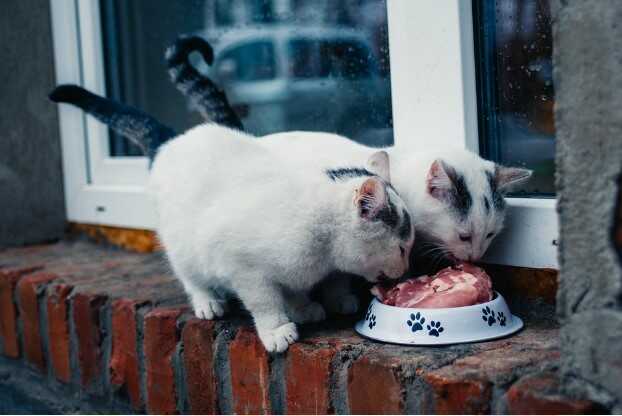
The Bottom Line
Does cat food go bad if left out? – Yes. Absolutely!
It’s possible that the dish won’t taste as nice after a few hours, even if you keep it within the safe time limit. In just a few hours, most foods that were initially liquid become solid or dry.
Typically, a day or two is all it takes for dry food to become bad entirely. Although it is still edible, some cats may reject the food because they prefer it when it is more pristine.
Your cat’s sense of smell and taste aren’t reliable indicators of whether food is safe to eat. Even trace levels of microorganisms can cause cat food poisoning.







